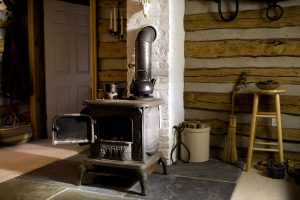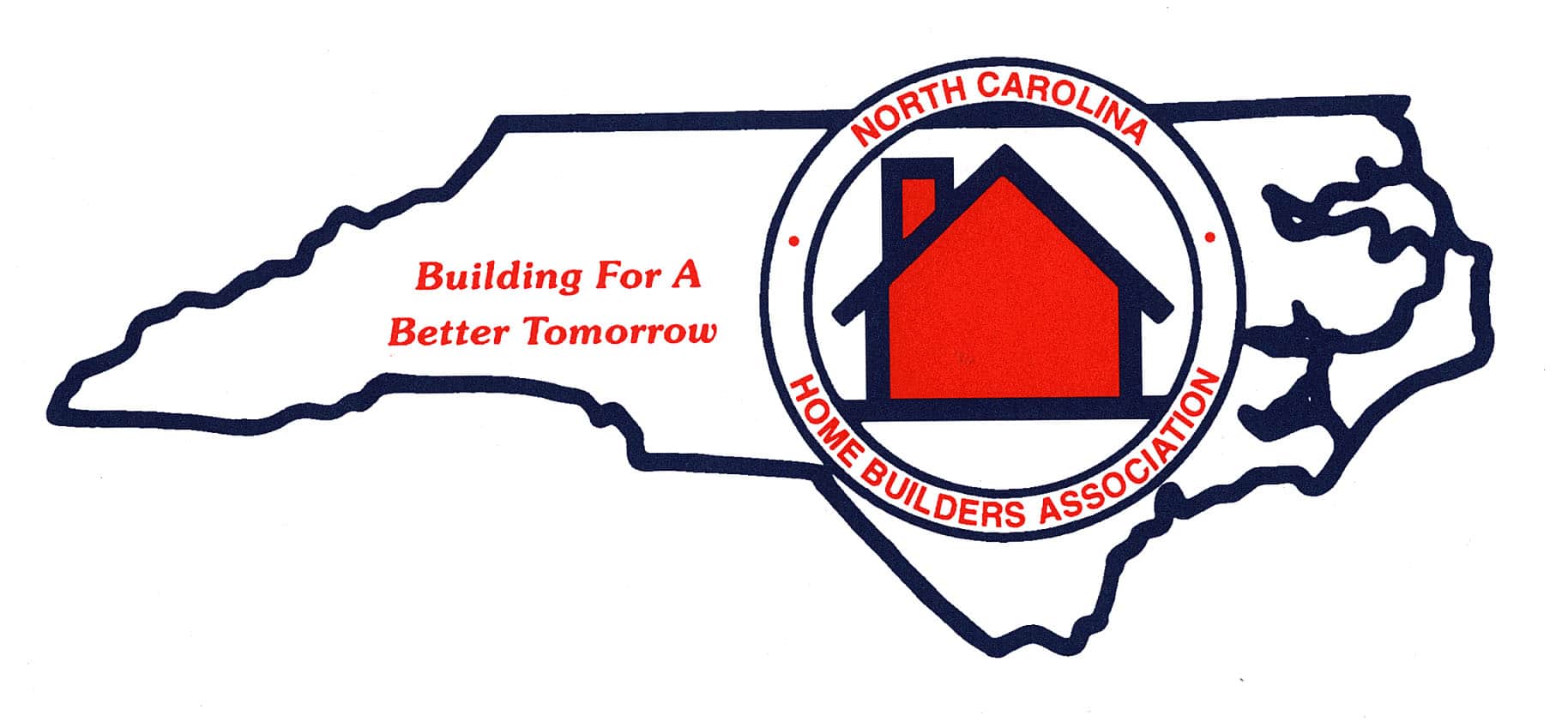How to Clean a Wood Stove Chimney

We do not recommend cleaning a wood stove by yourself. A wood stove is usually the main source of heat for a home, and an improper cleaning can render it useless. Call us to schedule an appointment for inspection.
Wood burning stoves have a plethora of benefits. A wood stove adds great ambience to a wintery home blanketed in snow. There are practical benefits as well. They heat large areas quickly, use low cost fuel (wood), and give off lots of warmth with very little waste.
Wood stoves have to be properly maintained and cleaned if you want them heating at their optimal level. More importantly, a dirty stove with soot and creosote buildup can catch fire and possibly burn your house down. Even a clean stove can cause a fire. Be sure to have a multipurpose dry chemical fire extinguisher handy at all times. If there is a fire, always call the fire department before trying to extinguish the fire. Safety is very important around fires. Make sure everyone in your household knows that fires can be dangerous, and to not leave anything combustible near a fire – even if the doors to the stove are closed.
Cleaning a wood stove can be dangerous and labor intensive. We don’t recommend cleaning your stove if you are not a professional. Proper cleaning requires more than reading an article or watching a video online. Problems can arise when cleaning, and if you are not careful, you can cause damage to your stove or pipes. We have outlined the steps and tools needed below, but not as an endorsement for you to do this yourself. This is merely a way of educating you on how it can be done.
Most importantly – do not attempt to clean the stove while it hot. A wood stove can stay warm a very long time after its last use. Spreading hot ashes throughout your home can cause a fire.
Materials:
Old Clothes and Work Gloves
Wear clothes that you don’t mind getting dirty, and work gloves to protect your hands. Soot is tough to clean off of your skin, and the gloves will protect your hands from any scrapes.
Dust Mask and Face Shield
Protect your eyes and mouth! While cleaning, microscopic particles can be released in the air and you shouldn’t be ingesting them.
Mechanical Stove Cleaning Pipe Kit
Stove cleaning pipes come in different sizes. Use one that fits in your pipe perfectly. If you use one that’s too small, you won’t achieve a proper cleaning. If it’s too big, it may get stuck in the pipe and render your stove useless. Check with the manufacturer to get the correct measurement of your pipe before you begin.
Flashlight & mirror
A high beam flashlight is very important for being able to see down the pipe. Often times you’ll need to use a hand mirror to get the correct angle. At Appalachian Chimney, we utilize a sophisticated video camera system, as this provides a more accurate assessment of your pipe.
Drop Cloth (or bucket)
If you remove the pipe entirely, you can position a bucket at one end to catch the debris that comes out while cleaning. Also, use drop cloths around the stove. Cleaning up soot and creosote can be very difficult.
Step by Step Guide to Cleaning a Wood Stove
- Spread a drop cloth in front of the stove, open up the air dampers so that the pipe cleaner can reach every nook and cranny of the pipe. Or, you can disconnect the pipe entirely and remove it to a better location to clean.
- Remove ashes from the stove. You should already be doing this regularly. Be sure to have a noncombustible metal container (with lid) sitting on a non-combustible surface. Once you have transferred the ashes to the metal container, leave them for at least 48 hours, as ashes can stay hot for a long time.
- Climb up the roof and remove the stove pipe. Using a high powered flashlight and mirror, inspect the pipe.
- Using the proper size stove pipe, vigorously scrub up and down removing creosote and soot. You may need to do this several times. Stop to check with your flashlight after a few minutes to ensure you are removing the debris.
- Going back into your house, remove any of the fallen creosote and soot into the noncombustible metal container.ALSO: If you have a Shop Vac that is rated to remove ashes and soot (check the manual!), then use it now to clean up all the small bits.
Like we said before, cleaning a wood stove by yourself is not ideal. Allowing a trained professional to inspect and clean it with the proper tools can extend the life of your stove, and prevent any accidental damages.
What you can do, however, is use dry well seasoned wood. Any moisture in the wood can cause additional deposits in the stove pipe and increase the chances of buildup. You can also use a chimney cleaning log (or CSL) on a regular basis to loosen up that creosote and soot.
Call us first before you risk yourself or your woodstove. We can schedule an inspection, and educate you on proper maintenance and care.







